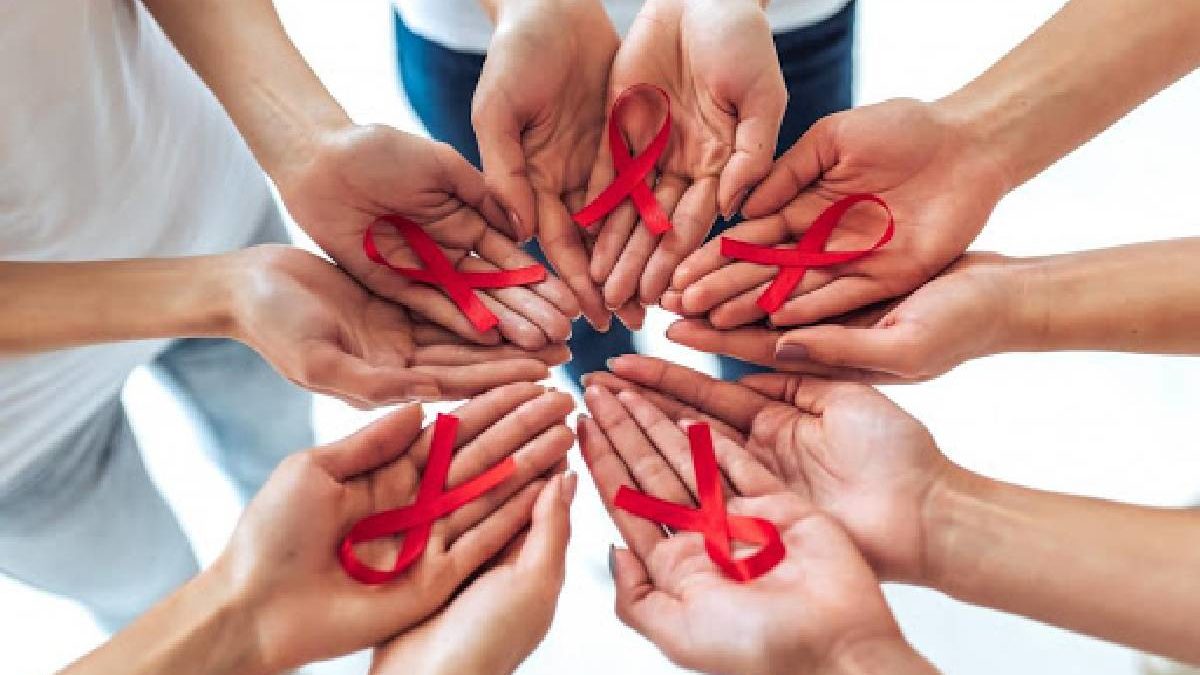
In a world where disease is just around the corner, we must take care of our health. You can be healthy in many ways. In order to stay in top shape, we should take care of our hearts and boost our immune systems. Unluckily, there’s a virus that targets the immune system. Human Immunodeficiency Viruses (HIVs) can destroy and damage immune cells. Without treatment, the infection can lead to AIDS (Acquired Immunodeficiency syndrome).
Tracing Back HIV
Since the 1980s, scientists have been researching the origin of Human Immunodeficiency virus. Scientists traced HIV’s origin to SIV (Simian immunodeficiency virus) and chimpanzees. Both are lentiviruses that attack the immune systems, but SIV attacks and infects the immune systems of monkeys and other apes.
Researchers discovered a strain called SIVcpz among chimpanzees in 1999. This strain was almost identical to HIV. The same researchers later discovered that the chimpanzees hunted down and ate two smaller monkey species (red-capped Mangabeys, and greater spot-nosed Monkeys). Two different SIV strains are transmitted to chimps by these two small monkeys. Two different strains of SIV were then combined to create the new strain SIVcpz, which could infect other monkeys and, unfortunately, humans.
Scientists created a lineage of HIV transmission using the oldest known HIV sample. This allowed them to determine where HIV originated. The scientists concluded that the first human transmission of SIV into HIV occurred around 1920 in Kinshasa in the Democratic Republic of Congo. Hunting was most likely the cause of SIVcpz being transferred to humans. The blood of chimps is injected into the wounds of hunters or they are eaten.
Kinshasa has many infrastructure routes such as rivers, roads, and railways. Kinshasa’s high migration rate and growing sex industry helped spread HIV throughout the Democratic Republic of Congo.
Many Haitian professionals who had worked in the Democratic Republic of Congo, returned to Haiti in the 1960s. HIV spread with them from Africa to Haiti, the Caribbean and beyond. Around 1970, the virus spread from the Caribbean to New York City.
HIV was first detected in the United States of America in 1970. However, it wasn’t until the 1980s that the public became aware of the virus. In 1982, an immune system disorder caused 136 deaths out of 335 people infected. The majority of infected men are homosexual, so the disease was initially called gay-related immunodeficiency (GRID). Travel from the United States to other countries helped spread the virus.
The CDC (Centers for Disease Control and Prevention), in September 1982, used the term AIDS for this disease. In the last quarter of 1982, AIDS cases had been reported in several European countries.
HIV/AIDS In Details
Human Immunodeficiency virus is a spherical, spike-covered virus. This allows it to latch onto CD4 cells. CD4 cells, which are white blood cell that travel around the body and detect abnormalities in other cells or infections, are white cells. HIV enters CD4 cell to create new copies. HIV kills CD4 cells over time and the body’s capacity to fight infection and recognize infections starts to decrease.
When the CD4 count falls below 200 cells/cubic millimeter, a person has AIDS. Healthy individuals have CD4 counts that range from 500 to 1,600 per cubic millimeter. AIDS patients may develop one or several opportunistic diseases. The likelihood of HIV progressing into AIDS varies greatly between individuals, depending on factors like age, the presence of other infections and the ability of the body to fight HIV.
HIV infection does not cause any further symptoms for a period of time. This is the asymptomatic period.
Around 80% of people infected develop symptoms similar to flu, known as acute viral syndrome. The symptoms include fever, chills and sore throat. They can also cause joint pains, muscle aches and enlarged glands. The immune system may be causing these symptoms to fight viruses.
HIV symptoms may not appear for several years after the acute retroviral symptoms. HIV-positive people often show no symptoms at all and appear healthy. During this period, the virus continues destroying CD4 cells.
Eventually, without medication, a person can develop serious illnesses. Stage 3 HIV or AIDS is the name of this stage. AIDS symptoms can include diarrhea, fevers, dry coughs, night sweats and white spots around the mouth or tongue. Tuberculosis is an example of a ‘opportunistic infection’, which can be a serious health risk once your immune system has been weakened.
HIV Transmission and Fighting HIV
HIV is transmitted through bodily fluids, such as semen, breast milk, vaginal secretions and blood. HIV can be passed from mother to child during pregnancy or delivery.
Using male and female condoms correctly and consistently can help reduce the risk that people will become infected. The medical male circumcision is also helpful in preventing transmission. Precautions should be taken when using injection equipment, such as needles or syringes.
Currently there is no cure for HIV/AIDS. HIV is not a virus that can be cured by the human body. Once you are infected, it will stay with you for life. HIV can still be suppressed with ART (antiretroviral treatment). ART usually involves a combination of antiviral medications. HIV-positive people who take ART live long, healthy lives. They also prevent HIV from being transmitted to their sexual partners.
HIV infections and HIV-related death rates have decreased by 45% between 2000 and 2018, with ART saving 13.6 millions lives.
By the end of 2018, approximately 37,9 million people were living with HIV. More than 32 millions people have died from HIV, making it a global health problem. HIV infection is now manageable thanks to the increased effectiveness of HIV prevention, care and treatment.







